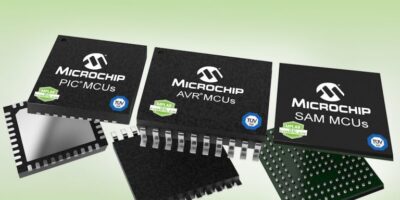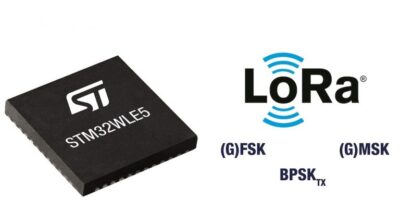Functional safety certifications can be time-consuming and expensive, so Microchip has announced TÜV SÜD certification of its MPLAB XC compilers for functional safety. The tools significantly simplify the functional safety qualification process for Microchip’s PIC, AVR and SAM microcontrollers and dsPIC Digital Signal Controllers (DSCs), claims the company.
To further simplify testing and diagnostics, Microchip also introduced MPLAB Code Coverage license, which determines parts of software that have or have not been executed with minimal impact to the application.
The MPLAB XC functional compilers certified by TÜV SÜD contribute to satisfying the verification and validation requirements specified in the ISO 26262 standard for automotive safety, IEC 61508 for industrial applications, IEC 62304 for medical software and IEC60730 for automatic electric controls. The MPLAB XC Compilers for Functional Safety will be packaged with additional documentation for qualification of the MPLAB X integrated development environment (IDE) and MPLAB debuggers and programmers. With no annual renewal fees, the licenses are the lowest-cost solution on the market. Using Microchip’s microcontrollers with the functional safety licenses will reduce application costs and time to market, the company advises.
Ensuring high test coverage of embedded software using code coverage tools often requires a large amount of hardware modification, expensive software and significant effort searching large data files for pertinent information. MPLAB Code Coverage has less than one per cent impact to test time. Through a patented process, code can be tested in a single pass without breaking the code into blocks. This saves time and eliminates sifting through large data files.
In addition to offering development tools that make it easier, faster and more affordable to comply to functional safety standards, Microchip also offers many PIC, AVR, dsPIC and SAM microcontrollers that are functional safety-ready. For all functional safety ready microcontrollers, Microchip provides Failure Mode Effect and Diagnostics Analysis (FMEDA) reports and safety manuals targeting ISO 26262 up to ASIL-B safety levels, with some products achieving ASIL-D.
MPLAB X IDE version 5.25 is available for free on Microchip’s website. The MPLAB Code Coverage workstation license and MPLAB XC8, XC16 and XC32++ functional safety workstation licenses are available today.







